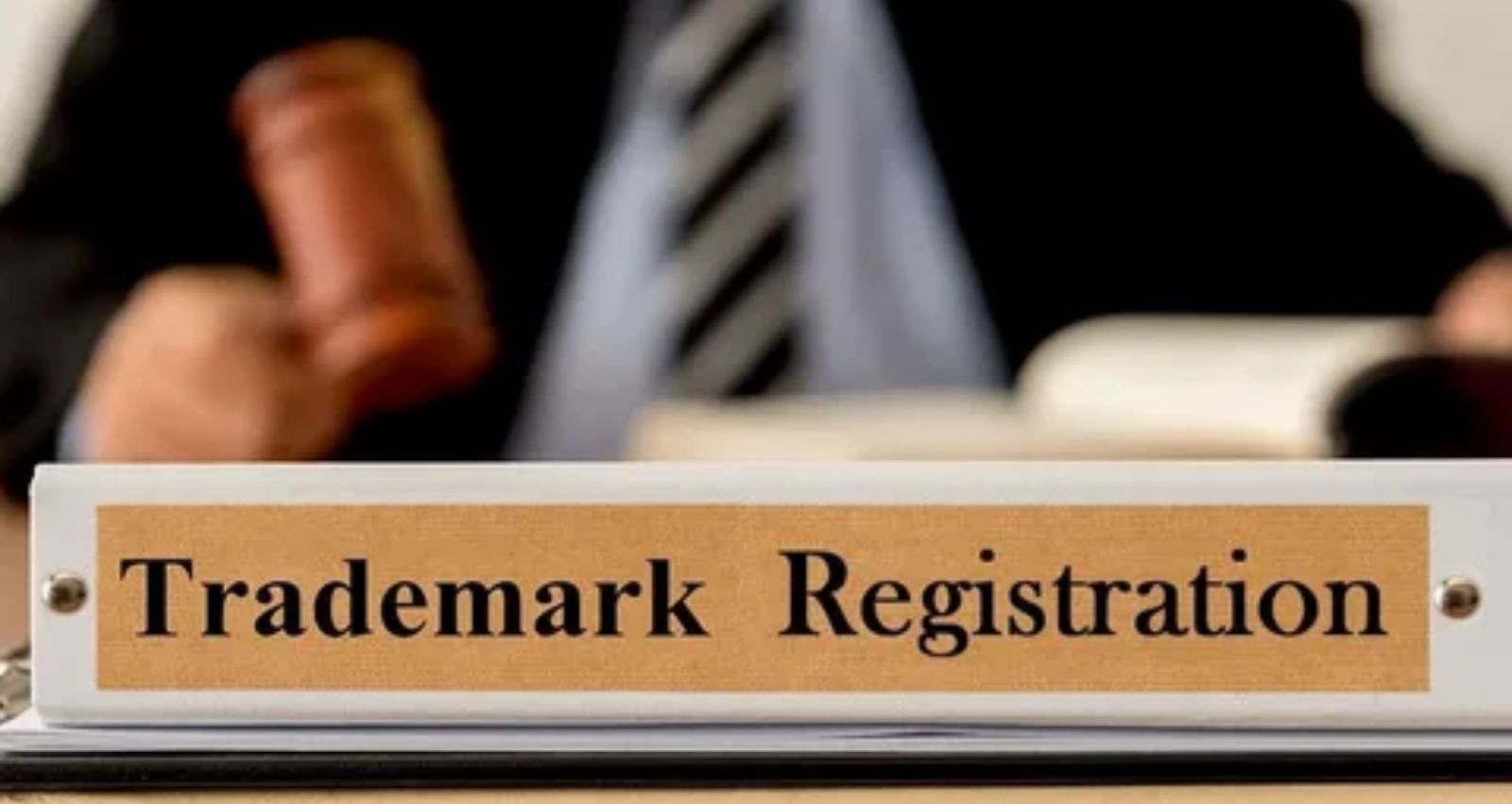
Trademark Registration
Trademark registration is a legal process that provides exclusive rights to the owner of a distinctive mark, symbol, logo, word, phrase, or design that represents their goods or services. Trademarks serve as a form of intellectual property protection and help distinguish a brand from competitors. Here are key points about trademark registration:
- Purpose of Trademarks: Trademarks are used to protect the unique identity and reputation of a brand. They help consumers identify and distinguish products or services from different sources and ensure that customers receive what they expect when they choose a particular brand.
- Types of Trademarks: Trademarks can take various forms, including:
- Word Marks: These consist of words or letters, such as brand names or slogans.
- Logo Marks: These are graphical symbols, images, or designs.
- Combined Marks: A combination of words and graphics.
- Sound Marks: Distinctive sounds associated with a brand.
- Three-Dimensional Marks: The shape or design of a product or its packaging.
- Color Marks: Specific colors used in branding.
- Benefits of Trademark Registration:
- Exclusive Rights: Trademark registration grants the owner exclusive rights to use the mark in connection with their products or services within the registered classes.
- Legal Protection: Registered trademarks provide legal protection against unauthorized use and infringement by others.
- Brand Recognition: Trademarks help build brand recognition and trust among consumers.
- Asset Value: Trademarks can be valuable assets that can be licensed, sold, or used as collateral for financing.
- Global Protection: Depending on the jurisdiction, trademark registration can provide protection at the national, regional, or international level.
- Registration Process:
- Trademark Search: Conduct a comprehensive search to ensure that the proposed trademark is unique and not already in use or registered by someone else.
- Application Filing: File a trademark application with the relevant trademark office. The application includes details about the mark, its intended use, and the classes of goods or services it covers.
- Examination: The trademark office examines the application for compliance with legal requirements and conducts a search for conflicting marks.
- Publication: If no objections are raised during examination, the trademark is published in an official gazette or publication for public notice.
- Opposition Period: In some jurisdictions, there is a period during which third parties can oppose the registration if they believe it conflicts with their rights.
- Registration: If there are no oppositions or if they are resolved in favor of the applicant, the trademark is registered, and a certificate is issued.
- Duration and Renewal: Trademark registration is typically valid for a specific period, often ten years, and can be renewed indefinitely as long as the mark remains in use and renewal fees are paid.
- Enforcement: Trademark owners are responsible for enforcing their trademark rights by taking legal action against infringement or unauthorized use.
- Geographic Coverage: Trademark registration is typically territorial, meaning it provides protection within the jurisdiction where it is registered. To protect a mark internationally, one can consider international trademark registration systems like the Madrid Protocol.
Trademark registration is a crucial step for businesses and individuals looking to protect their brand identity and prevent others from using a similar mark. It is advisable to seek legal counsel or work with a trademark attorney to navigate the registration process effectively and ensure that the mark is adequately protected.
